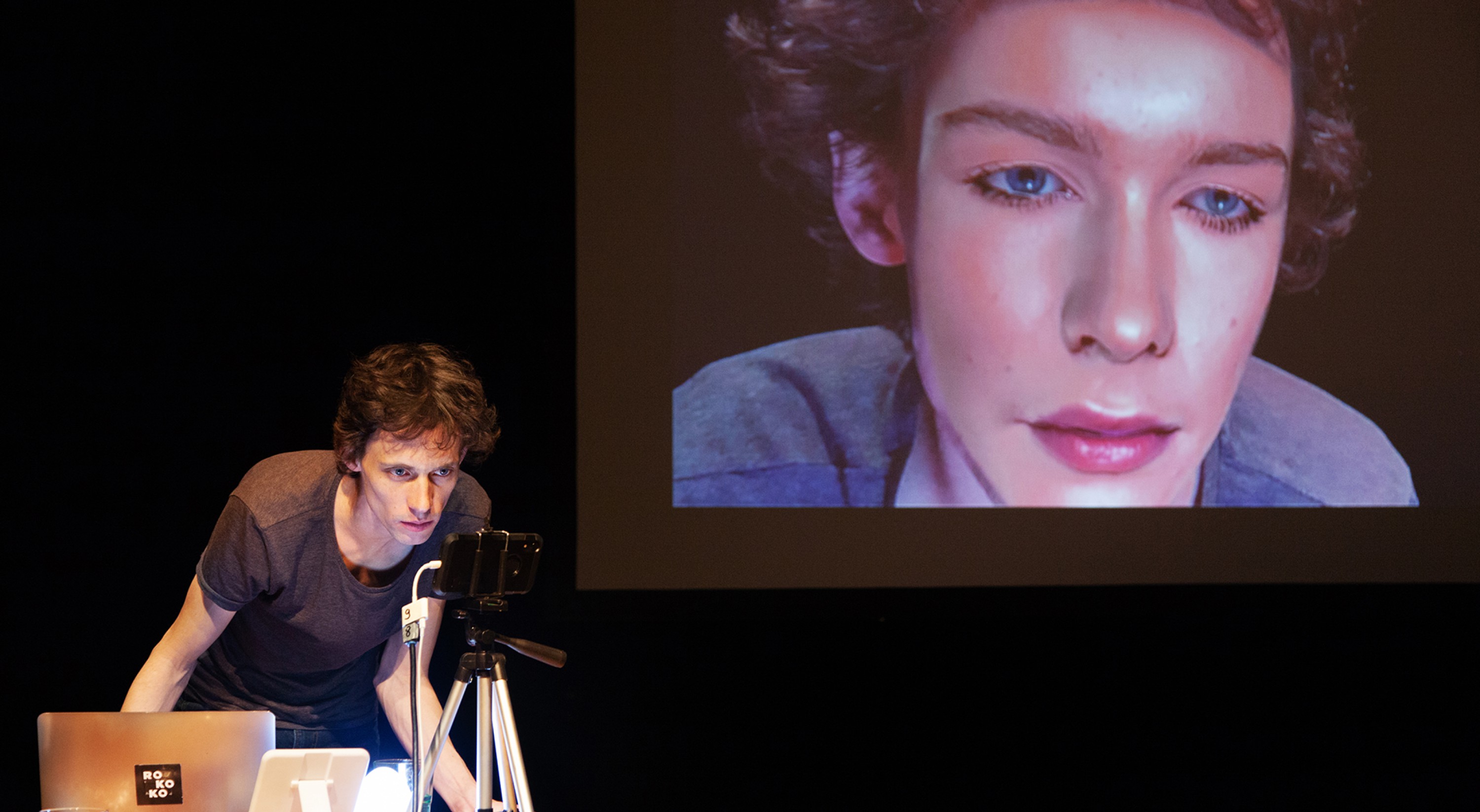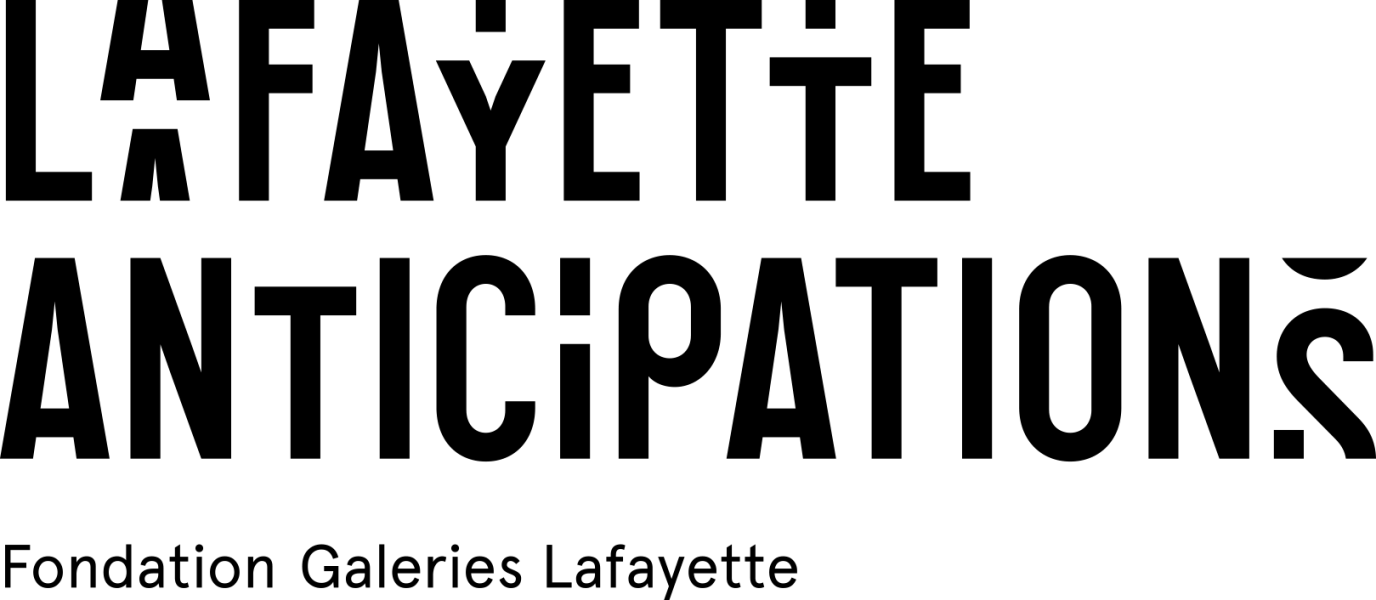Simon Senn
Echelle Humaine - Be Arielle F
septembersept 23 – 24
Bodies are the vectors of this new edition of Échelle Humaine. Whether they be choreographed, directed, or imaginary, they occupy all the spaces of Lafayette Anticipations and invite us to observe what is beneath the surface of the world: our infatuations and our refusals, our hesitations and our affirmations, and our tenacity.
Simon Senn buys online the digital replica of a female body, once downloaded, he animates it with sensors, of those commonly found today: there it is "in" a woman's body, through his 3D glasses at least. The experience is disturbing. Who is this woman? Can he make this digital body do whatever he wants to and with it? Doesn't this virtual form open him up to a new sensuality? He manages to find the young woman whose body has been scanned, and begins a dialogue with her that continues today, questioning this third digital body that exists between the two of them. He also tries to dialogue with the salesman, with a lawyer, with a psychologist, to understand what he can legally make this body do, to question this disorder, to know if he is affected by the now attested "Snapchat dysmorphia", this psychic disease that makes people want to transform themselves to resemble their online image. Specialists are hesitating; it would seem that law and psychology are not moving as fast as reality. In a theatrical lecture that is also a demonstration and a confession, Simon Senn exposes how virtual and real are not opposed, and reveals the unexpected interplay between image, sensuality, technology, law, psychology and gender.
In the same place

